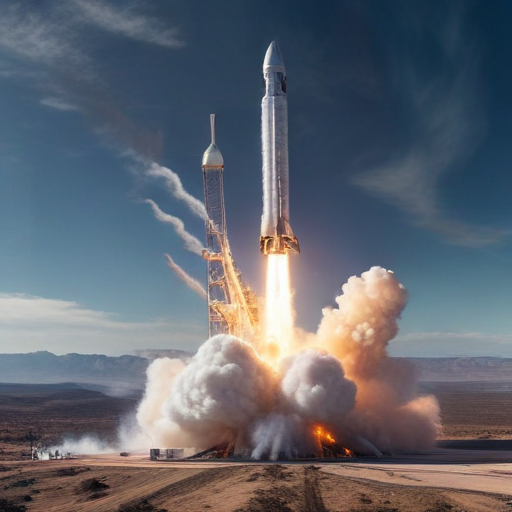BREMEN, Germany — On November 19, SpaceX successfully conducted its sixth test flight of the Starship vehicle but decided against a planned landing for the Super Heavy booster, which is part of the launch system.
The Starship/Super Heavy vehicle took off from SpaceX’s Starbase test facility in Boca Chica, Texas, at 5 p.m. Eastern during a scheduled 30-minute launch window, with the countdown proceeding without any issues. Notably present at the launch was President-elect Donald Trump, who has developed a close working relationship with SpaceX CEO Elon Musk following the recent election.
Approximately 2 minutes and 45 seconds into the flight, the Super Heavy booster, designated Booster 13, successfully detached from the Starship upper stage. However, shortly thereafter, controllers implemented a “booster offshore divert” maneuver, indicating that the booster would not be returning to its launch pad. SpaceX has not clarified the issue that prompted this decision, but the booster ultimately made a powered landing in the Gulf of Mexico, where it tipped over and exploded shortly after impact. This incident marks a minor setback for SpaceX, considering that the company had successfully caught the booster during its last launch on October 13.
Despite this setback, the mission proved successful in other aspects. The Super Heavy booster successfully placed the Starship upper stage, Ship 31, into a suborbital trajectory. During its flight, SpaceX executed a brief reignition of one of the Raptor engines—an essential test for future deorbit procedures. Starship then proceeded to reenter the atmosphere over the Indian Ocean. The reentry profile was altered to push the vehicle’s limits further, which included testing the capabilities of its flap control system and utilizing an older thermal protection setup.
SpaceX’s Kate Tice noted prior to launch that the company anticipated potential challenges during this flight, as they were deliberately testing the vehicle to understand its maximum limits. The Starship vehicle reentered the atmosphere intact, but exhibited some damage to a flap and other components of its thermal protection system. It achieved a powered soft landing in the ocean 65 and a half minutes post-liftoff, rolling onto its side and remaining afloat, with the daylight timing allowing for enhanced video documentation of the splashdown.
Looking ahead, SpaceX is planning enhancements for future iterations of the Starship upper stage. These upgrades will include enlarging the vehicle for bigger propellant tanks, increasing payload capacity from 1,200 to 1,500 tons, and repositioning the forward flaps for improved thermal protection during reentry. While the company did not provide a timeline for the next launch, the short interval between this flight and the previous one is notable, as it was facilitated by the existing launch license from the Federal Aviation Administration (FAA), which approved this mission based on minor modifications from the previous flight.
This flight demonstrates SpaceX’s ongoing commitment to advancing its technologies and capabilities, paving the way for future missions that might eventually include crewed journeys or deeper explorations in space. The challenges experienced serve as essential learning opportunities that could lead to even more robust solutions in the future. Overall, the successful aspects of this flight highlight SpaceX’s resilience and innovative spirit as it continues to push the boundaries of space exploration.
